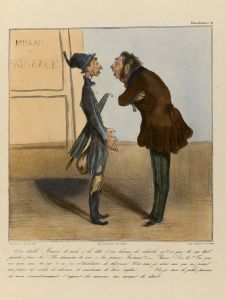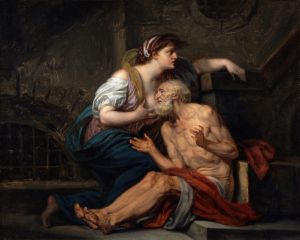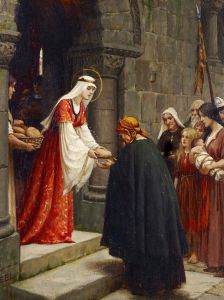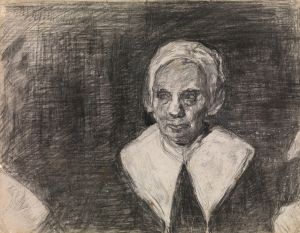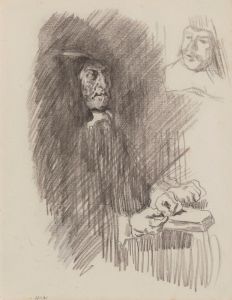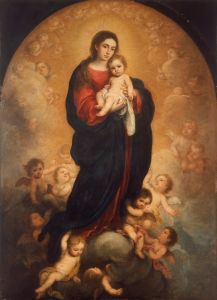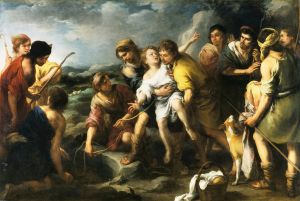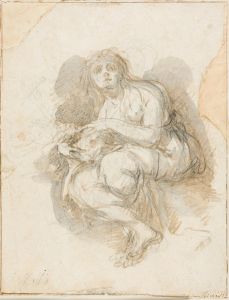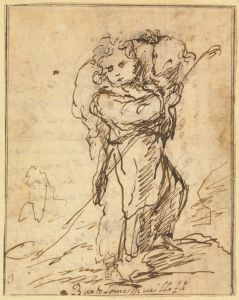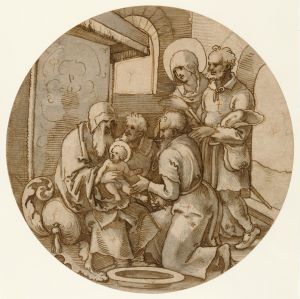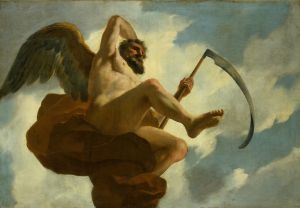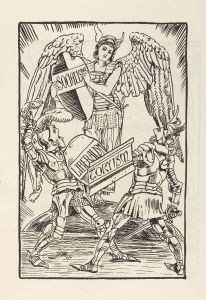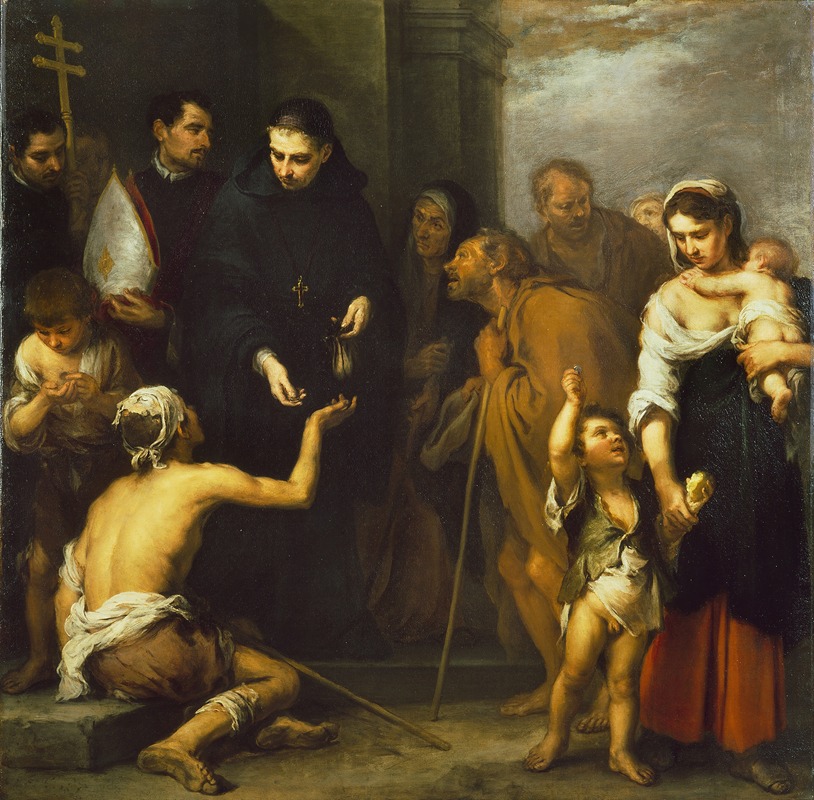
The Charity of Saint Thomas of Villanueva
A hand-painted replica of Bartolomé Estebán Murillo’s masterpiece The Charity of Saint Thomas of Villanueva, meticulously crafted by professional artists to capture the true essence of the original. Each piece is created with museum-quality canvas and rare mineral pigments, carefully painted by experienced artists with delicate brushstrokes and rich, layered colors to perfectly recreate the texture of the original artwork. Unlike machine-printed reproductions, this hand-painted version brings the painting to life, infused with the artist’s emotions and skill in every stroke. Whether for personal collection or home decoration, it instantly elevates the artistic atmosphere of any space.
Bartolomé Esteban Murillo's The Charity of Saint Thomas of Villanueva is a notable example of the Spanish Baroque painter's religious works. Created in the 17th century, this painting reflects Murillo's characteristic style, which combines naturalism with a sense of spiritual idealism. The artwork depicts Saint Thomas of Villanueva, a 16th-century Spanish saint known for his acts of charity, particularly his dedication to aiding the poor and marginalized.
In the painting, Saint Thomas is shown distributing alms to the needy, a theme that aligns with his reputation as the "Almsgiver." The composition emphasizes the saint's humility and compassion, central virtues in Catholic teachings. Murillo's use of light and shadow enhances the emotional impact of the scene, drawing attention to the figures' expressions and gestures. The interplay of light also serves to highlight the saint's spiritual significance, creating a sense of divine presence.
Murillo was renowned for his ability to convey human emotion and tenderness in his works, and The Charity of Saint Thomas of Villanueva is no exception. The figures in the painting are rendered with a high degree of realism, reflecting Murillo's skill in portraying the human form and his attention to detail. The artist's warm color palette and soft brushwork further contribute to the painting's overall sense of harmony and serenity.
This painting was likely commissioned for a religious institution, as was common for Murillo's works. Many of his paintings were created for churches, monasteries, and charitable organizations in Seville, where he spent most of his career. The themes of charity and compassion were particularly relevant in 17th-century Spain, a period marked by economic hardship and social inequality. Through his art, Murillo sought to inspire viewers to emulate the virtues of saints like Thomas of Villanueva.
Today, The Charity of Saint Thomas of Villanueva is recognized as an important example of Murillo's religious art. It reflects both the artist's technical mastery and his ability to convey profound spiritual messages. The painting is housed in the Museo de Bellas Artes in Seville, Spain, where it continues to be admired by art historians and visitors alike.





